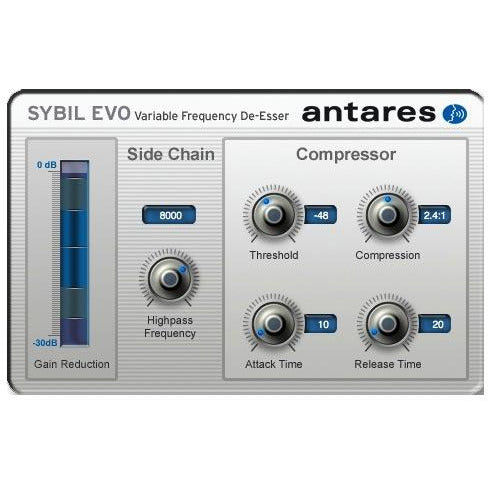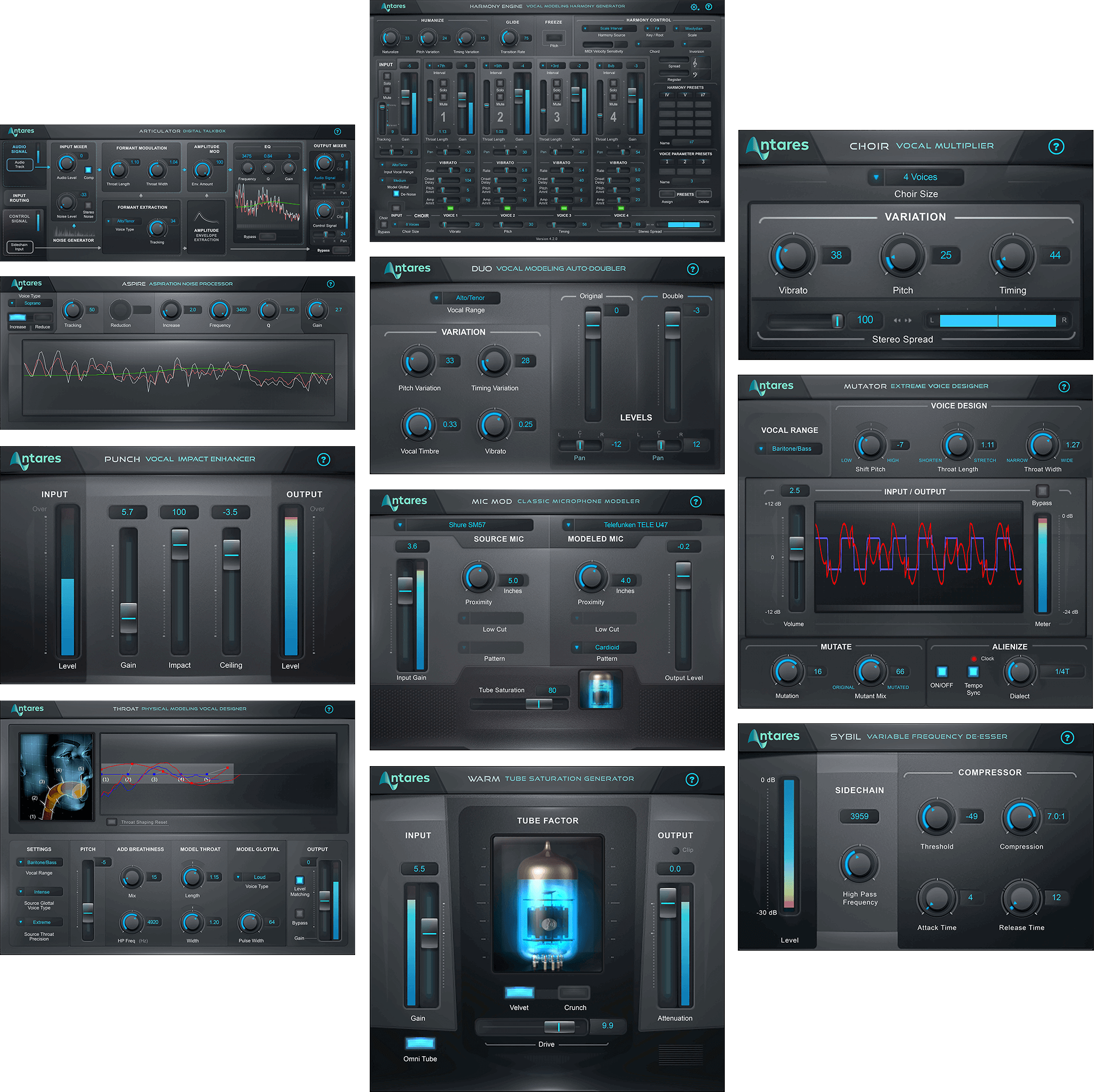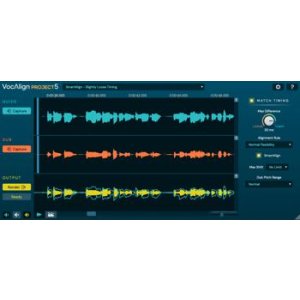
The plugin I have has a list of mics you may be using and a list of mics you want that mic to sound like. There are no two voices which are alike so any modeling used to model a mic simply isn't going to be very noticeable. You can model a guitar and make one sound like another because its pickups and strings are pretty much the same for a certain model.

Its not like a guitar that has a signature sound and fixed strings with fixed tones. The big problem here is, most mics have very little differences between them and its the person using the mic that has the greatest influence on what they pick up. It does have a gain/saturator which might be useful but for the most part you can do the same job better using regular EQ and compressors. I have the old version of that mic modeler. So they are just as good an option for home and project studios as any "clone" gear (regardless of why they may not be replacing traditional mics in major studios anytime soon). And all of what I have said doesn't take away from the fact that these models can be very close. But that said, I see no reason why they would not have something like this as an alternative since it cheaply gives you so many options, and it gives you post processing opportunities that you did not have before. If only for workflow's sake, I don't see why a major studio would not rather move a real 47 around the room and not have to worry about how a plugin is set and what kind of latency they're getting and whatever other possible complications there could be from that extra layer of digital processing. Ultimately, even though the sound may be close, the originals are still going to be more reliable, better all around performers. It's just a digital layer on top of what is still the classic analog microphone that has been used all these years. Also, this is not like the other paradigm shifts that have led to big changes in studio gear, like going from tube to solid state, or even going from analog to digital. No matter how good a potential replacement may be, you are not going to abandon something that tried and true so quickly. One reason is that the classic microphones that these modelers are emulating have been proven winners for these studios for many decades (over half a century for some).


Given today economy, don't you think if these tools were that effective, you would see them in all the major studios? What a fantastic cost savings that would be.I think there are many reasons why you don't see these tools replacing traditional microphones in major studios. Smoke and mirrors my friends, smoke and mirrors. Many of these companies spend more money on marketing than they do on R&D.Īnyway, mic modeling? Nope, not there yet.
#ANTARES MIC MODELER FOR PRO TOOLS HOW TO#
that make people think that there is no difference, but if you have ever owned tube amps are really nice mics, you begin to realize that the marketing is just smoke and mirrors.Ĭomments like "But can you tell the difference over earbuds?" "But is the real deal worth $xxxx more?" Comments like these were propagated by marketing reps that get paid big money to tell us how to think and what to say. I think mic modeling will be in the same boat. Sure they are convenient more cost affective (in most cases), but to say they are the same as a tube amp? No.

The technology has been around for decades and still can't quite match 1:1 real tube amps. That being said, it would be great if the technology was perfected. Is there such a thing as mic modeler that isn't a waste of disk space?I am going to go with "No" on that one.


 0 kommentar(er)
0 kommentar(er)
